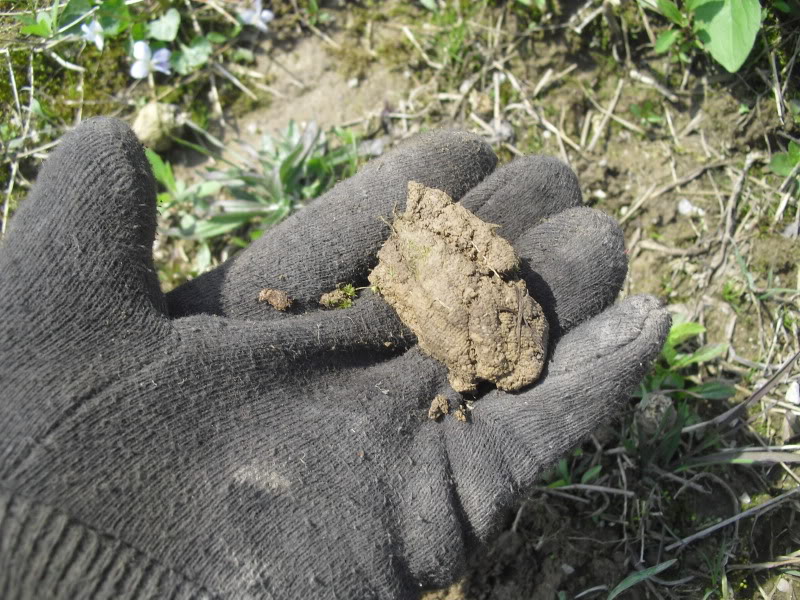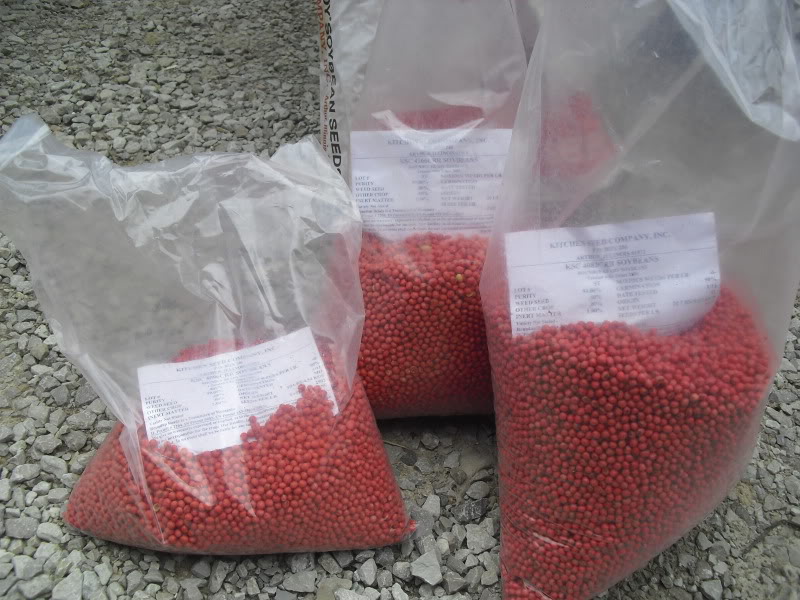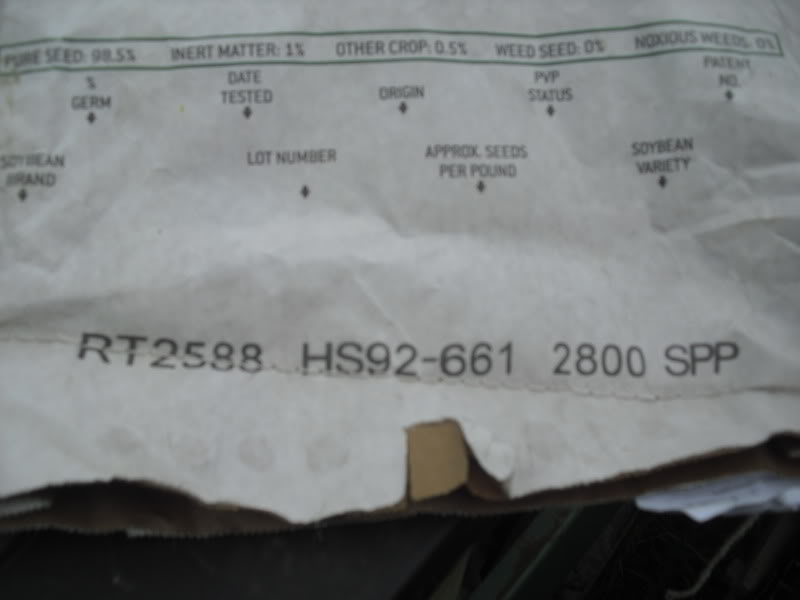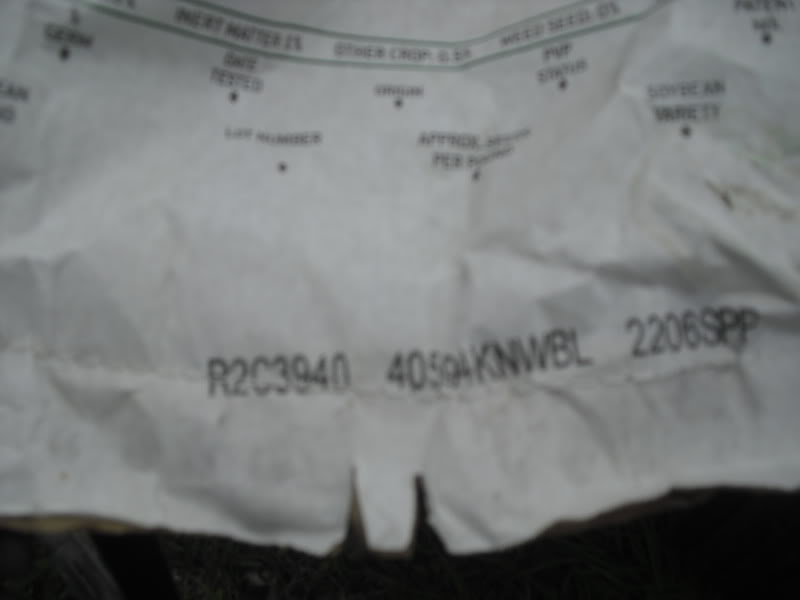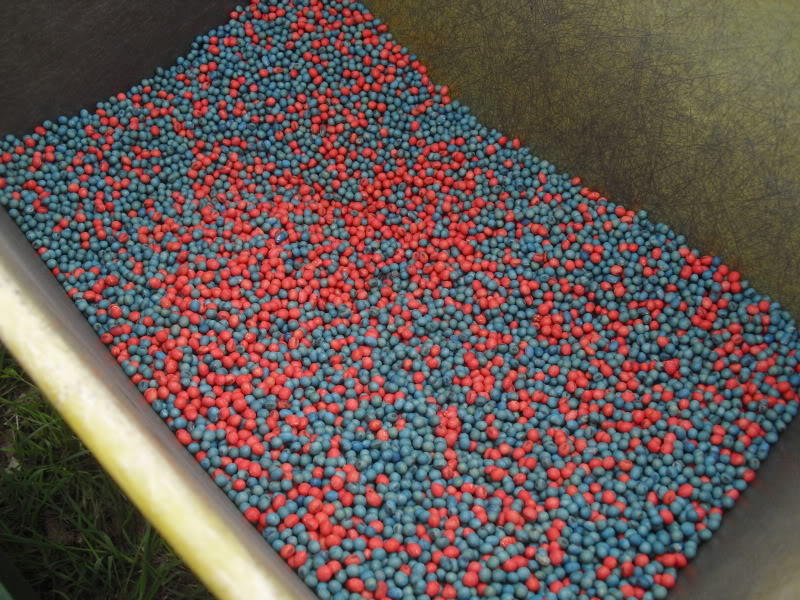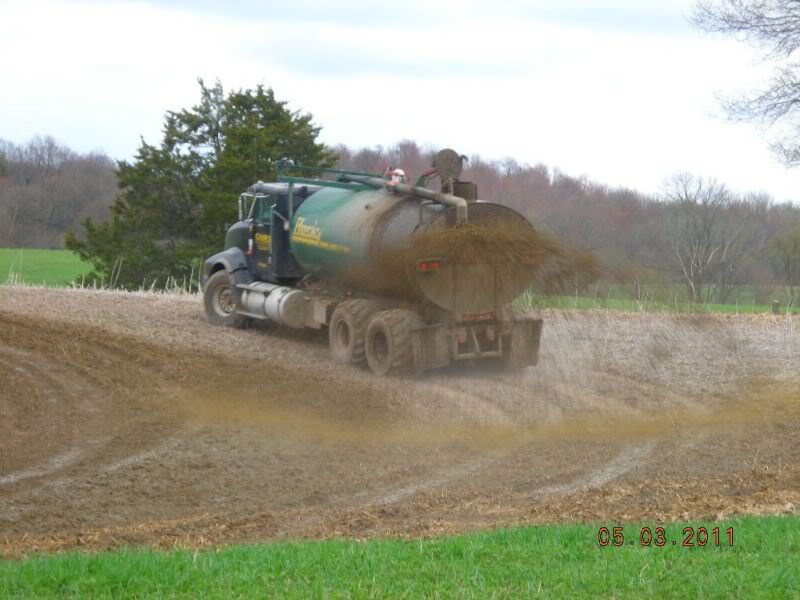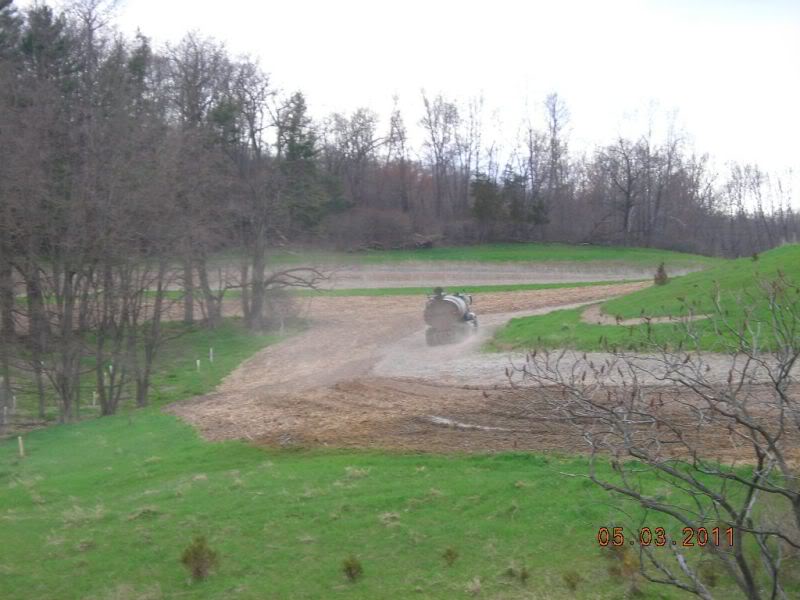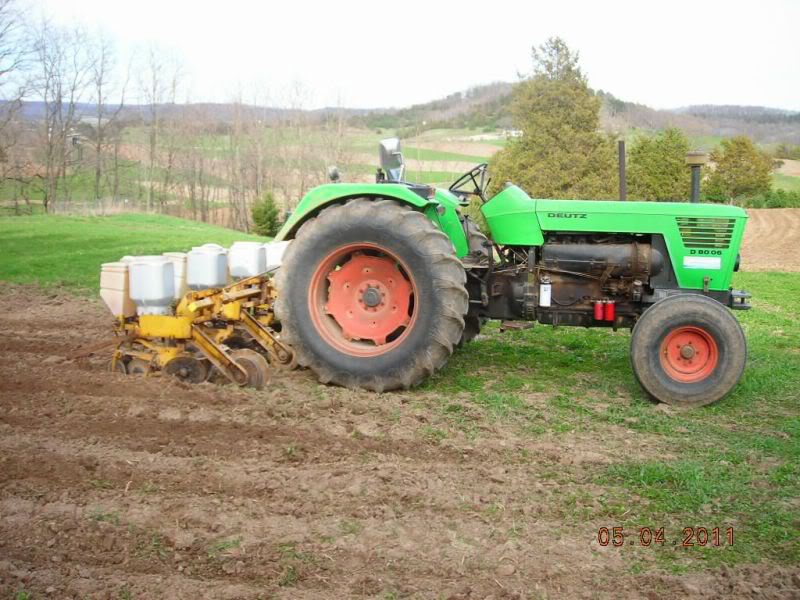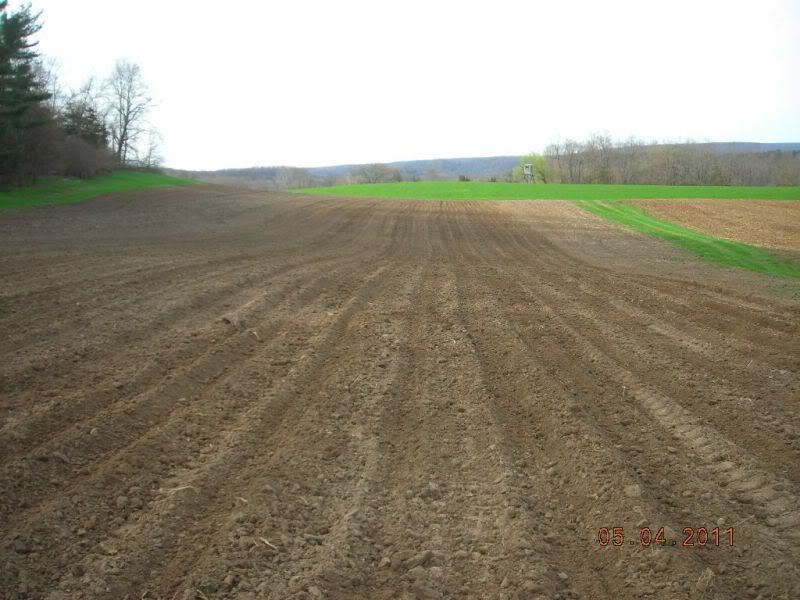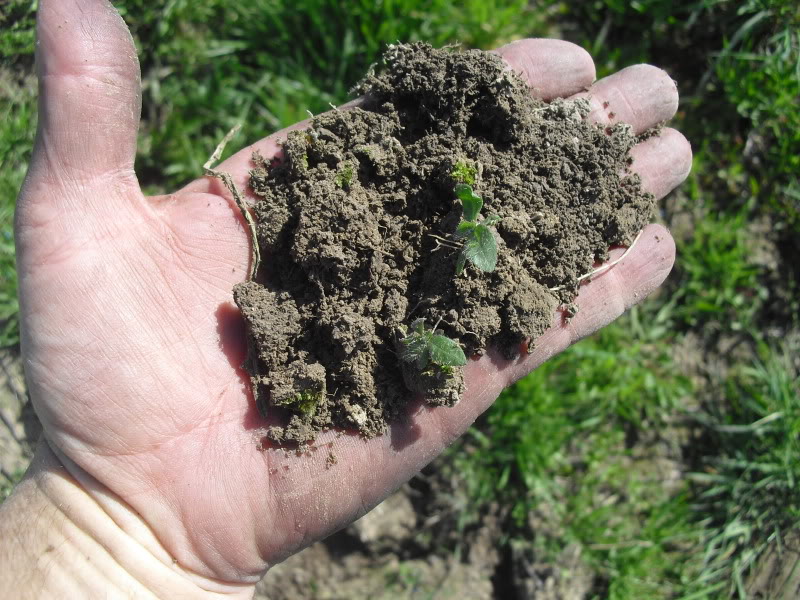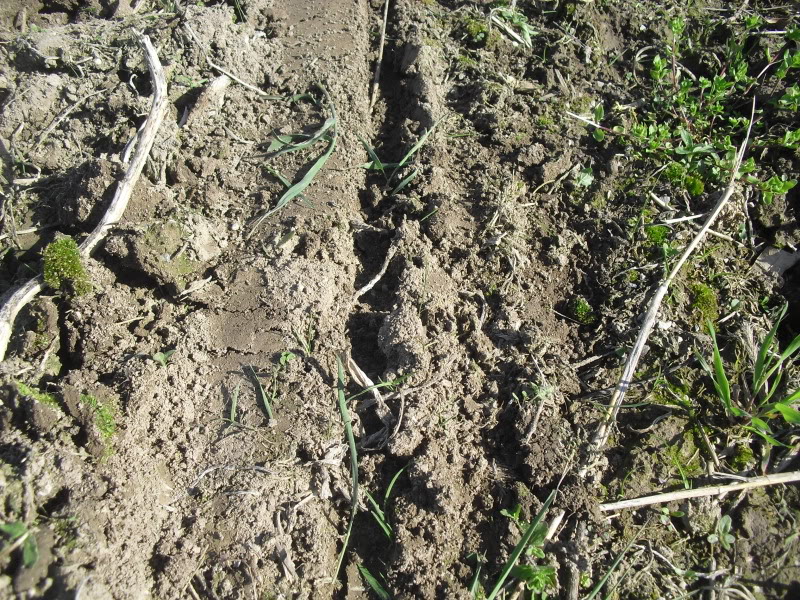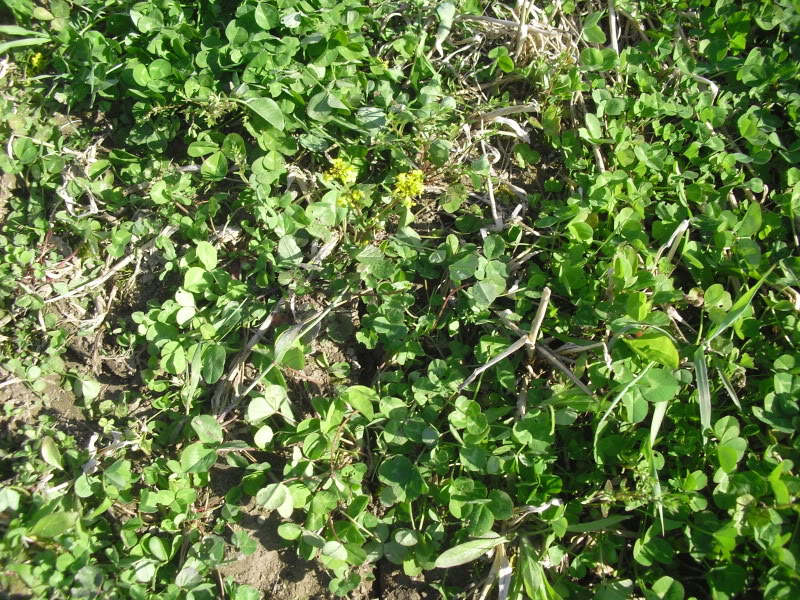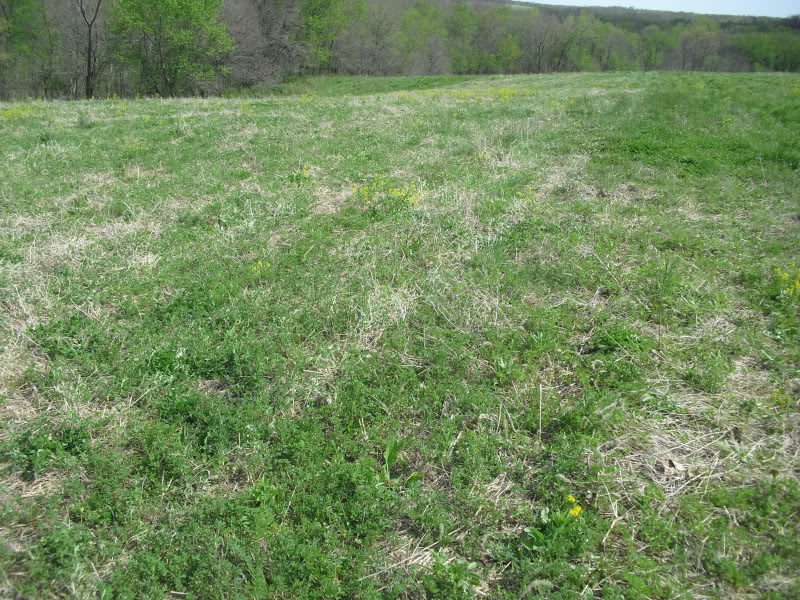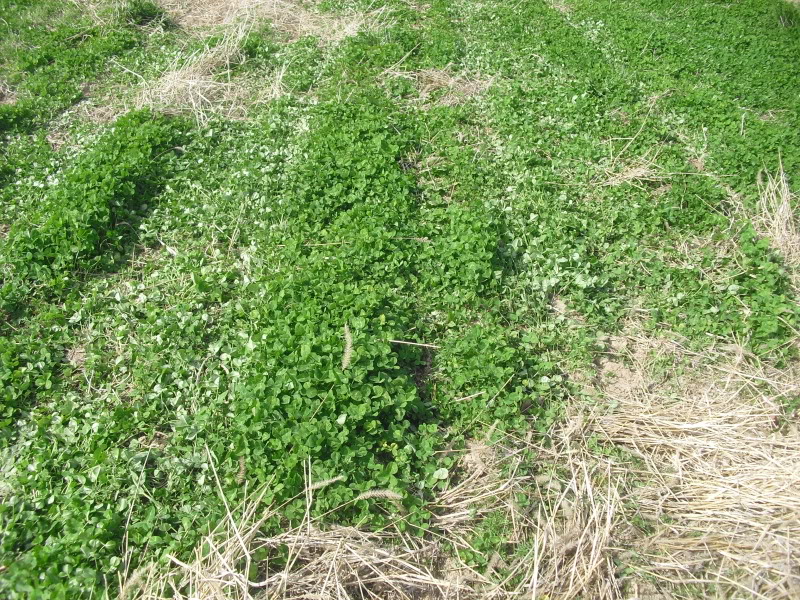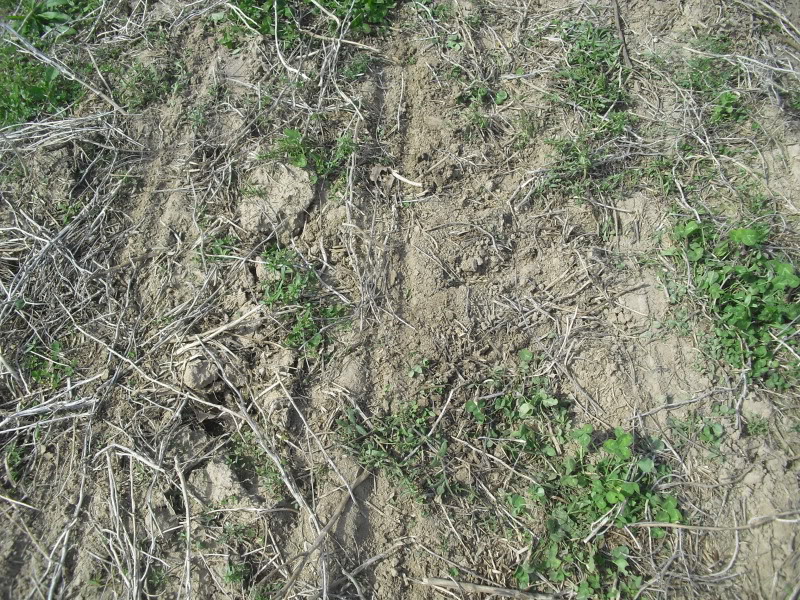Corn and brassicas are both high nitrogen users and without copious amounts of nitrogen they will usually perform poorly unless planted on extremely fertile soils or follow high N fixing legumes such as alfalfa, clover and vetch.
The least expensive yet most effective source of nitrogen is Anhydrous Ammonia (82%) but that must be knifed in an not feasible for most food plotters. Liquid livestock manure or chicken litter can also work well for those who find it readily available but again it's often not possible for someone with 2 acres in a difficult to get to place, to get it applied.
Let's look over the options because every landowner has different situations across the country...
From the following link:
Selecting Forms of Nitrogen Fertilizer
The common N fertilizers are anhydrous ammonia (82% N), urea (45- 46% N), solutions (28-32% N), ammonium sulfate (21% N) and ammonium nitrate (34% N).
Urea (45-46%) converts to nitrate N fairly fast, usually in less than two weeks in the spring. Denitrification on wet or compacted soils can be serious. Leaching can be a problem in coarse soils. In no-till situations surface volatilization can be a problem if the urea is not placed in contact with the soil and it is dry for several days after spreading.
Twenty-eight to 32 percent (28-32%) N solution is usually made up of urea and ammonium nitrate. The nitrate in this product is subject to leaching and denitrification from the time it is placed in the field. The urea components are subject to the same loss mechanisms as urea.
N solutions can be banded on the soil surface easily by dribbling. This method of application minimizes the amount that sticks to the residue; therefore, surface volatilization is minimal.
Ammonium sulfate (21%) is a nitrogen source with little or no surface volatilization loss when applied to most soils. Ammonium sulfate is a good source of sulfur when it is needed. Its disadvantage is that it is the most acidifying form of N fertilizer - it requires approximately 2 to 3 times as much lime to neutralize the same amount of acidity as formed by other common N carriers.
Ammonium nitrate (34%) is 50% ammonium N and 50% nitrate N when added to the soil. The ammonium N quickly converts to nitrate N. For soil subject to leaching or denitrification, ammonium nitrate would not be preferred. Ammonium nitrate has no urea in it; therefore, surface application would be a good choice where volatilization of urea is expected.
If only it were as easy as broadcasting some nitrogen and that was that, but unlike phosphorous and potassium, there are problems with nitrogen...
Nitrogen (N) can be lost from the soil through three principal pathways, (1) DENITRIFICATION, (2) LEACHING, and (3) SURFACE VOLATILIZATION.
The form of N a farmer chooses should depend on how serious a problem he has with the above N losses. Cost of N is another consideration when choosing a fertilizer source.
DENITRIFICATION occurs when nitrate-N (N03-) is present in a soil and there is not enough oxygen (02) present to supply the needs of the bacteria and microorganisms in the soil.
If 02 levels are low, bacteria and microorganisms strip the oxygen from the nitrate and the end result is the production of N gas (N2) or nitrous oxide (N20), which volatilizes from the soil.
Three conditions that create an environment that promotes denitrification are wet soils, compaction and warm temperatures for high activity of soil microorganisms.
LEACHING losses of N occur when soils have more incoming water (rain) than the soil can hold. As water moves through the soil, nitrates (N03-) in the soil solution are picked up and moved with the water. Ammonia (NH4+) forms of N have a positive charge and are held by the negative sites on the clay in the soil; therefore, NH4+ forms of N leach very little. In sands where there is very little clay, ammonium forms of N can leach. Relatively coarse soils (sands and some mucks) are the only ones in which significant leaching of N is important.
One way to minimize N leaching and denitrification is to minimize the time the N is in the soil before plant uptake. This cuts down on the time when conditions are favorable for losses. Most of the N is needed by corn after the plant is three to four weeks old (June 1).
SURFACE VOLATILIZATION of N occurs when urea forms of N break down and form ammonia gases and where there is little soil water to absorb them. This condition occurs when urea forms of N are placed in the field but not in direct contact with the soil. This situation can occur when urea is spread on corn residues or 28% is sprayed on heavy residues of cornstalk or cover crop.
The rate of surface volatilization depends on moisture level, temperature and surface pH of the soil. If the soil surface is moist, the water evaporates into the air. Ammonia released from the urea is picked up in the water vapor and lost. On dry soil surfaces, less urea-N is lost. Temperatures greater than 50oF and pH's greater than 6.5 significantly increase the rate of urea conversion to ammonia gases. Applying urea-type fertilizers when weather is cooler slows down N loss. If the surface of the soil has been limed within the past three months with two tons or more of limestone per acre, DO NOT apply urea-based fertilizers unless they can be incorporated into the soil.
To stop ammonia volatilization from urea, the urea must be tied up by the soil. To get the urea in direct contact with the soil it must rain enough to wash the urea from the residue or the farmer must place urea-based fertilizer in direct contact with soil by tillage, banding or dribbling.
If the residue is light, 0.25 to 0.5 inch of rain is enough to dissolve the urea and wash it into the soil. If the residue is heavy, 0.5 inch or greater of rainfall is required.
The common N fertilizers are anhydrous ammonia (82% N), urea (45- 46% N), solutions (28-32% N), ammonium sulfate (21% N) and ammonium nitrate (34% N).
Anhydrous ammonia (82%) converts to nitrate N the slowest of any form of N fertilizer. Therefore, it would have the least chance of N loss due to leaching or denitrification. It must be injected into the soil; therefore, it would have no loss due to surface volatilization. The disadvantage of anhydrous ammonia is that it is hazardous to handle. It must be injected into the soil, and on steep slopes erosion can be a problem.
For most of us, urea is the least expensive yet most readily available form of synthetic nitrogen other then anhydrous. AMS and AMN may also be available in some areas but it is expensive and each comes with it's own problems.
In my case, I broadcast urea and disc it in immediately and that works well except of course when we have prolonged heavy rains that can leach nitrogen from the soil quicker then might normally be expected.
This is another good link on nitrogen sources
Types and Uses of Nitrogen Fertilizers for Crop Production
From that link...more info about urea
Urea (COCNH) Form
This form of fertilizer nitrogen usually undergoes a three-step change before it is taken up by crops. First, enzymes in the soil or plant residue convert the urea N to ammonia N. Next, the ammonia reacts with soil water to form ammonium N. And finally, through the action of soil microorganisms, the ammonium is converted to nitrate N.
Like nitrates, urea dissolves in and moves with soil water and thus can be lost through leaching if not converted to ammonia and then ammonium. The conversion to ammonia takes only 2 to 4 days when soil moisture and temperature are favorable for plant growth. Lower temperatures slow the process, but it will continue even down to freezing. Consequently, leaching losses are seldom experienced under field conditions.
When ammonia is formed from urea applied on the soil surface, some will be volatilized (escape into the air), the amount depending on a combination of soil conditions. Greatest loss can be expected when soil pH is above 7. soil temperature S high and soil moisture low. Ammonia formed from urea applied under the soil surface, on the other hand, is rapidly converted to ammonium. which will neither move with water nor be lost to the air
Broadcasting urea just before a minimum 1/2" rain will be fairly effective but obviously doing so is not always a sure bet! I have broadcasted urea while lightening filled the skies, 100% chance of heavy rain in the forecast and the skies filled with ominous rain filled clouds only to have but a sprinkle on my very expensive urea....
So I till or disc in the urea...period, no if's and's or but's about it!
What about applying fertilizer in the row via the corn planter?
Starter or "pop up" fertilizers can be applied in the row (offset slightly from the seed) but only a fraction of the crops needs can be applied in the row.
From the following link:
Pop-up and/or Starter Fertilizers for Corn
For urea containing fertilizers,
ammonia is formed during the conversion of urea and can be toxic to plants. When high rates of urea
are applied and this conversion happens near the seedlings, injury or death can occur. For these reasons,
maximum rates of N plus K2O applied in pop-up fertilizers should not exceed 10 lbs/acre for silt loam
and clay loam soils. For sandy and sandy loam soils or soils with dry conditions at planting, the rates of
N plus K2O applied with the seed should not exceed 5 lbs/acre.
More at this link:
GUIDELINES FOR RATES AND PLACEMENT OF ROW FERTILIZER
How much nitrogen does corn need?
Based on the following we see that 100 bushel corn would require 125#'s of actual N or close to 260#'s of 46-0-0 urea per acre!
Fertilization should be done on the basis of soil tests and yield goals. Corn requires approximately 1.25 lbs. of elemental nitrogen (N), 0.6 lbs. of phosphate (P2O5) and 1.4 lbs. of potash (K2O) to produce one bushel of grain corn. Nitrogen may be applied before planting, at planting time, as a side dressing after corn has emerged, or through an irrigation sprinkler system. Fall application of N is not recommended on sandy soils, soils subject to flooding or high water table soils.
Starter fertilizer can be applied with the planter in a band to the side and below the seed. The entire recommended fertilizer rate can be safely applied in a band 2 inches to the side and 2 inches below the seed, although N rates higher than 50 lb/acre may inhibit early season P uptake because the band may be too "hot" for plant roots until nitrification takes place. Under cool, wet conditions, starter fertilizer offers some advantage. "Popup" fertilization, the placement of fertilizer in small amounts directly with corn seed, has been used. "Popup" fertilizer application should not exceed 5-10 pounds of N, 10 pounds of P2O5 and 5 pounds of K2O per acre.
This N calculator allows you to play around with different types of N and see how much it recommends depending on if this is corn on corn or corn on soybeans.
Corn N calculator
From that we see that corn on corn might require as much as 450#'s of urea or 300#'s following soybeans! Now it's true we are not attempting to get 200 bushel yields necessarily but we still want a good crop of high yielding corn to hold hungry whitetails on our property.
What about nitrogen from legumes?
Nitrogen is fixed by legumes for it's own use and is only made available to another plant or crop as the plant decompose after being killed or to a lesser extent as leaves and roots die and decompose from the living legume plant. How much N is fixed and later released varies widely by species and soil conditions but alfalfa, clover and hairy vetch are some common legumes that produce from 60-200#'s of N. Soybeans fix from 15-60#'s with 30-40 being more common and one of the reasons farmers follow soybeans with corn.
Nitrogen is released slowly from decomposing legumes and that may take as long as two growing seasons, so the effects are fairly long lasting. Alfalfa is not manageable by most small plotters by white and red clover certainly is! Of those two white clover will fix more N and can easily be rotated with corn and brassicas.
When I disc under white clover it typically returns by the following spring so it's a viable option for RR corn or any other crop rotation to help lower your N needs as well as becoming another means of providing year around food sources to adapt deer to feeding in a centralized area.
Lot's of options to provide enough nitrogen to grow lush healthy crops and one of them is bound to work well for you.... :way:


